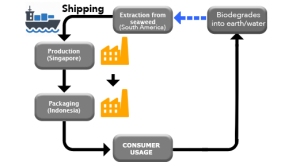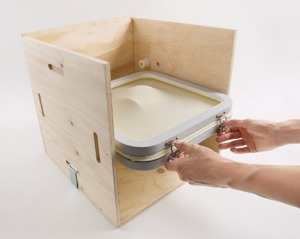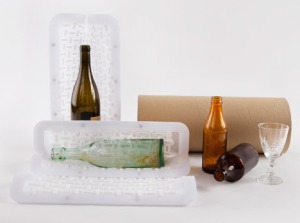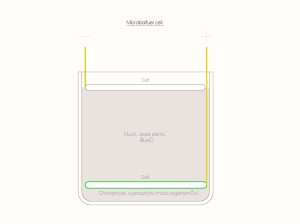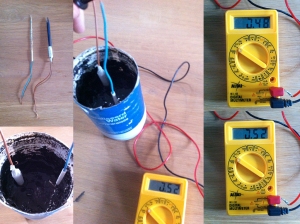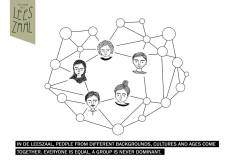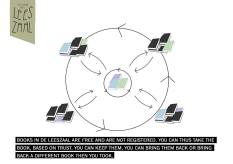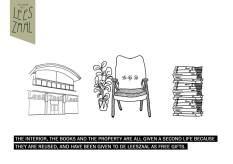Month: June 2015
Agar-agar packaging
Project: This too shall pass
“Is it reasonable that it takes several years for a milk carton to decompose naturally, when the milk goes sour after a week?” Tomorrow Machine, a Swedish studio, was given the assignment by Innventia to collaborate on designing a new packaging concept. This Too Shall Pass is a series of food packages where the packaging has the same short life span as the foods they contain. The package and its content are working in symbiosis.
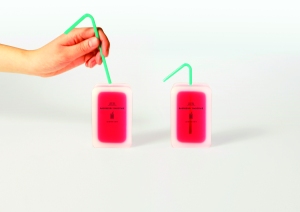
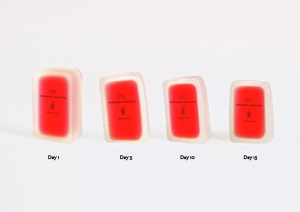
Smoothie package
“Gel of the agar-agar seaweed and water are the only components used to make this package. To open it you pick the top. The package will wither at the same pace as it’s content. It is initially made for drinks that have a short life span and needs to be refrigerated, fresh juice, smoothies and cream for example“
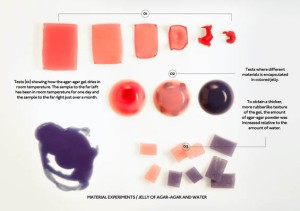
We chose this project and specifically the smoothie packaging because of its simplicity. It appears almost too simple and too good to be true. Also, looking to nature for solutions for problems we encounter nowadays is also very interesting to us. Biomimicry is a great method and we believe strongly in it.
Facts about Agar
- Gelatin-like product made primarily from the algae Gelidiumand Gracilaria
(red seaweeds). - It is used also in canning meat, fish, and poultry; in cosmetics, medicines, and dentistry; as a clarifying agent in brewing and wine making; as a thickening agent in ice cream, pastries, desserts, and salad dressings; and as a wire-drawing lubricant.
- It is produced mostly in Japan, New Zealand, Australia, the United States, and Russia.
- Although agar is insoluble in cold water, it absorbs as much as 20 times its own weight. It dissolves easily in boiling water; a dilute solution is still liquid at 42° C but solidifies at 37° C into a firm gel.
Economic – profit
The extraction procedure of agar-agar is fairly cost-effective. The seaweed we’ve managed to track down it’s origin does however come from South America, which means the transportation methods may be costly as the distance it has to travel is pretty far.
Fossil fuel, which is used to make plastic can eventually run out or have a shortage thereof because of political reasons like war.
We see that for example here in The Netherlands in the region of Texel they have built a seaweed farm and have harvested their own edible seaweed and use it as a resource for companies.
Social – people
We see that people are not very comfortable with change of things that have been going on for years and years. But people might be more aware of what they use and throw away thanks to these types of products. It might make people want to grow their own seaweed, be self-resourceful.
Environmental – planet
It may be a solution to reduce the plastic pollution, but we also see it as a way to use nature’s resources to prevent causing harm to the environment.
Also with concern over global warming, new methods for the thorough and efficient capture of CO2 are being sought out. The carbon dioxide that a carbon-fuel burning plant produces can feed into open or closed algae systems, fixing the CO2 and accelerating algae growth. Untreated sewage can supply additional nutrients, thus turning two pollutants into valuable commodities. Besides this, the agar-agar itself biodegradable so in terms of having it pollute the environment after usage is of no concern at all
1 Household plastic and carton (packaging) waste in comparison with agar-agar
2 Decomposition of plastic in comparison with agar-agar
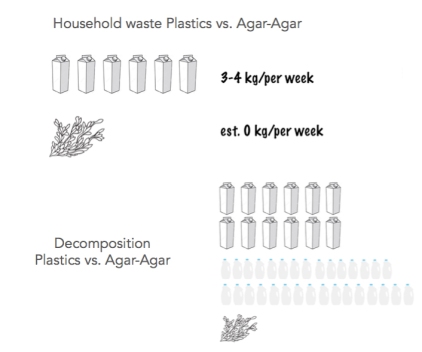
Life cycle plastic vs agar-agar
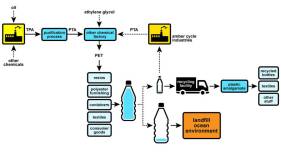
Similar projects
Seaweed farm in Texel, here in The Netherlands, where they started harvesting edible seaweed
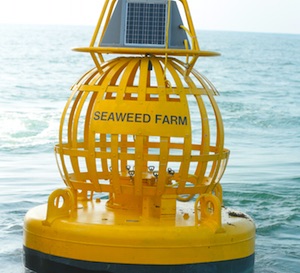
“Fragile sees shipping as a service and builds a product around it”
At first we tried to figure out how this product would turn out if it would be mass made and applied as a replacement for the materials we used now, like carton and plastic. But we quickly figured out that it’s not as easy as we’d think; multiple things would have to change in order to facilitate this for example transport methods would have to adapt to ensure safety and durability of these possible products. Instead we turned our heads to the more social domestic and personal use of it, leading us to the following research question.
Research question:
Would people at home make and use their own agar agar as a packaging replacement (if provided with the right tools).
Tests
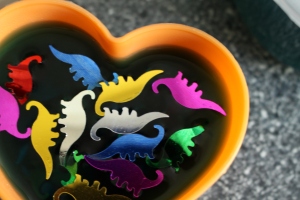
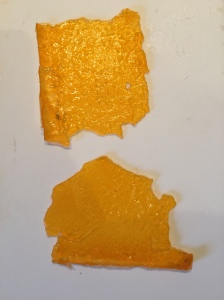
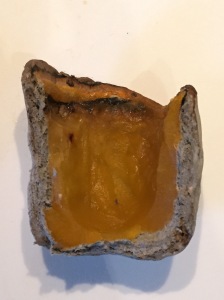
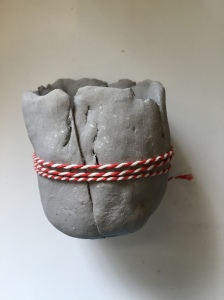
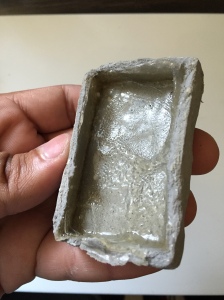
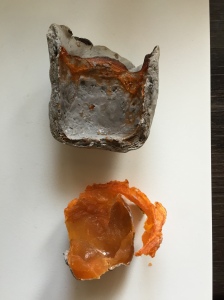
Results
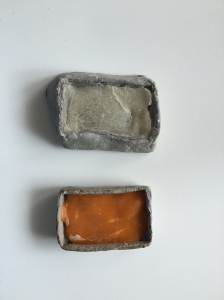
Interviews
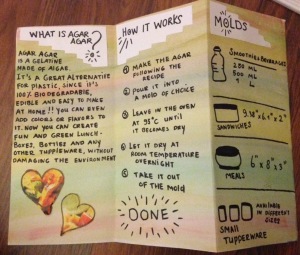
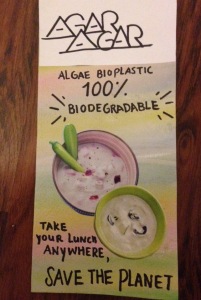
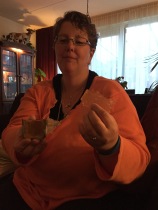
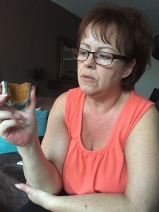
– We’ve asked two different target groups if they would make and use this as a replacement for plastic and carton packaging.
– Also if they do, would they go a step further and grow their own seaweed at home
We’ve learned that the generic target group would not bother; they believe that they are accustomed to the comfort of having everything ready-made. For example people in Poland are used to make their own things at home from bread to pasta. They do however believe that they would buy it if the agar-agar was already made into sheets for purchase. The downside of this of course is that there would be a preservative (chemical additive) added to the product to prolong the shelf life.
On the other hand those who do believe in living in a more sustainable world do believe they would try and make it but not sure they have the time and energy to grow enough of their own seaweed for what they would like to do. They also believe that maybe it is a possibility for more seaweed farms here at the coast of Netherlands.
Conclusion
As a result we do not see this kind work as for consumer usage.
We believe that this maybe is the start, the spark that is often needed once in a while, to open our minds and views on other possibilities. It would affect us not just environmentally better but also socially. Maybe this kind of solution does not need to be made into a mass production just yet, but we are truly confident that it serves it’s purpose.
The Student Heater
Minimalism as a sustainable lifestyle
Sari & Tim
This is our final presentation for design for impact
Sustainability Rewind @ Willemsplein
Growing Electricity
What’s it all about and other current and more well known methods
As the fossil fuel supplies become scarcer, natural sources of energy are increasing in importance. Next to the more well known ‘green’ powers sources like wind and solar power, a relatively new method called; Microbial fuel cell. This technique has got a lot more attention over the last few years from scientists and designers who work together to further investigate it’s possible use.
Microbial fuel cell
A microbial fuel cell, or MFC for short, is a device that can use microbes to generate electricity. A MFC has two electrodes and an area that separates the electrodes, called a membrane. For a MFC to function, electricity must flow into one electrode, called the anode, and leave the other electrode which is called the cathode. The membrane requires three main elements to power the MFC; living organism’s that can produce electrons, nutrients to feed the organism’s and water. Some types of soil and water bacteria can generate electricity as well as plants like rice and algae. The organism’s eat what is in the membrane, such as microscopic nutrients and sugars, and in turn, produce electrons that are released back into the membrane. Electrons are subatomic particles that have a negative charge. These electrons can be harnessed and used to create electricity.
Microrganism’s / Decay
In a MFC using peat bacteria, the anode is buried down in damp peat. Down there, the bacteria multiply and cover the electrode (creating a biofilm on it), supplying it with a lot of electrons. At the same time, the cathode is placed on the top of the soil, leaving one of its sides completely exposed to the air. Electrons from the bottom electrode travel up a wire to the top electrode and, once there, they react with oxygen from the air and hydrogen that is made by the bacteria as it digests nutrients in the peat to create water.
Plants / growing
The Plant-Microbial Fuel Cell generates electricity while the plants continue to grow. Importantly, the system doesn’t affect the plant’s growth or harm its environment. When plants use photosynthese to create there own food from the sunlight the MFC takes advantage of the overproductions of the organic matter produced via photosynthesis that can’t be used by the plant and is excreted through the roots. As naturally occurring bacteria around the roots break down this organic residue, electrons are released as a waste product.
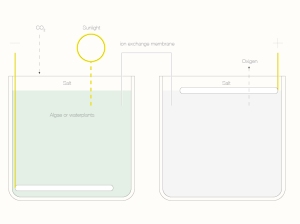
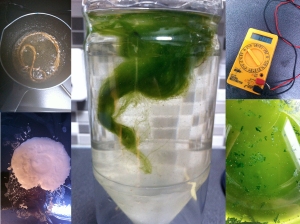
Latro lamp
Algae has long been studied for the possibilty as the next super fuel due to its high concentration oils. Scientists have studied this oil for decades as the key ingredient in the production of biodiesel, creating a fuel that burns cleaner and more efficiently than the petroleum it was born to replace. However, almost three-quarters of the sunlight energy absorbed by algae is lost before it can be turned into the sugars or starches used to make biofuels.
Designed by Mike Thompson; Latro, which means thief in latin, incorporates both the natural energy potential of algae and the functionality of a hanging lamp into its design. Synthesising both nature and technology in one form, Latro is a living, breathing product. Algae are incredibly easy to cultivate, requiring only sunlight, carbon dioxide (CO2) and water, thus offering a remarkably simple way of producing energy. Breathing into the handle of the lamp provides the algae with CO 2, whilst the side spout allows the addition of more water and release of oxygen. Placing the lamp outside in the daylight, the algae use sunlight to synthesise foods from carbon dioxide and water. A light sensor monitors the light intensity, only permitting the leeching of electrons when the level passes the threshold. This way, algae can be tapped for electricity during photosynthesis without abusing the algae. The energy is subsequently stored in a battery ready to be called upon during hours of darkness. Owners of Latro are required to treat the algae much like a pet – feeding and caring for the algae rewarding them with light.
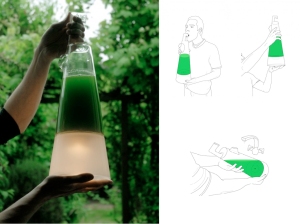
After life
The Afterlife project by James Auger and Jimmy Loizeau is intended to create dialogue and examine the cultural shift from belief systems upheld by organised religion to the more factual basis of science and technology. The project proposes the harnessing of our chemical potential after biological death through the application of a microbial fuel cell, harvesting its electrical potential in a dry cell battery. As the designers say: “In this project, technology acts to provide conclusive proof of life after death, life being contained in the battery. There are many perspectives and beliefs on what happens to us after our lives in this planet come to an end. When faced with our own mortality or that of a loved one, notions of what the afterlife may hold; whether it be in a spirit world such as heaven or reincarnated into another body or form, spiritual faith can offer great comfort and reassurance. Science and reason though have started to undermine these traditional belief systems as we strive to find logic and meaning in our existence. This scientific research has yet to offer any tangible proof of continued existence, after death. So in terms of comfort and reassurance what then is there for the grieving atheist?”
The Afterlife device harness the chemical reaction of decay and convert it into usable electrical energy via a microbial fuel cell. This electricity is contained within a familiar dry cell battery. The afterlife battery can be used to run a range of memorial products chosen to suit the needs of the individual. Utilization of the battery in a meaningful product offers both psychological and emotional benefit. Where to put the battery is an extremely personal and emotive choice. Preserving the potential energy for special moments such as birthdays or anniversaries. The Afterlife batteries of couples could be combined to provide double the power or amp-hours and also suggesting an ongoing co-existence after death.
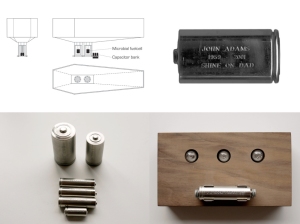
My own opinion / statement
Because the bacteria that can produce electrons are found almost everywhere on Earth, MFC can make clean, renewable electricity nearly anyplace around the globe. Even within a swamp or river it is possible to produce small amount of electricity. Bur more suitable for the process is a closed environment in gardens or roof tops to provide enough natural sunlight and nutrients. A consequence is that it will require constant care for the plants through automated means. A new way to counter this problem is to use rice for instance to provide energy and it can be used as food supply at the same time. This way it will be possible to create an alternative power source and food supply which is can be reward full. On a social aspect we see designers create possible applications for personal use. Growing your own energy by care or the use of left over vegetables it is possible to create your own energy source within a domestic environment. To be able to directly interact with your own power supply creates a greater awareness for sustainable electricity.
Bor Smulders – 0652110868
Influence of ‘De Leeszaal’
De Leeszaal is a special place in Rotterdam West. Basically de Leeszaal is a library, but in fact it’s much more than that. The place is runned entirely by volunteers, everyone is always welcome for a cup of coffee with a newspaper, a book, free internet and you can participate in a variety of different activities such as lectures, classes and activities for children. This makes de Leeszaal, which is in fact a library, a social meeting point with the theme ‘language’ and for the residents of Rotterdam West.
Our main-question:
How does “de Leeszaal” (the reading room), as a social meeting point, has influence on his audience?
people, planet, profit
1. Books in de Leeszaal are free and are not registered. You can thus take the book, based on trust. You can keep them, you can bring them back or bring back a different book then you took.
2. In de Leeszaal, people from different backgrounds, cultures and ages come together. Everyone is equal, a group is never dominant.
3. The interior, the books and the property are all given a second life because they are reused, and have been given to de Leeszaal as free gifts.
What are the needs of the public in de Leeszaal?/
De Leeszaal was started in a need of a large audience. With the closing of some libraries in the neighborhood, a meeting and learning place would disappear. The strength of the concept of de Leeszaal lies in the fact that there has not been determined in advance what the outcome should be. The public was involved from the start. The founders have started the process with two questions to the audience: What does your ideal reading room look like and in what way could you play a part in that? The first answers they got were: We want coffee, and good coffee. The rest of the answers can be divided in 5 themes: learn, read, read out, meet and share. These five themes are in fact the needs of the public that they started with.
Which factors make a large audience feel welcome?
A lot of factors have been taken into account. One of the main factors is that de Leeszaal is a place without rules. People experience freedom because of that. Beside that, the volunteers are from different cultures, which makes visitors feel welcome because they recognize themselves. Another factor is the interior. Through the large windows you can look inside, and when you step through the door, you walk into an open and welcoming area that gives you the feeling of a living room. Beside that, there is a book area, a bar, a quiet reading area, a children’s corner and a cinema, which provides a wide range of activities. There is something to do for everyone.
We organized an interview with Maurice Specht, one of the founders of de Leeszaal. During the interview, Maurice sounded as an intelligent and enthusiastic man, full of his own project. He could talk “for hours” about de Leeszaal. We wanted to know if de Leeszaal has influence on the social behavior of the visitors. Maurice started a long story about the social aspect of the project and we had to find the answer by ourself. Out of the story, we could conclude that de Leeszaal is still developing so it’s not that easy to give an concrete answer on the question.
From some volunteers and visitors, we were told that de Leeszaal isn’t just an addition to Rotterdam West, but also to their social life. They go to de Leeszaal, not just for the social network, but also because of the different activities. Many different activities are organized for many different people. There is something to do for everyone, such as lectures, music, theater, etc. It gives them a sense of familiarity.
One volunteer told us that de Leeszaal is an important addition to her life. She is a refugee and at this place in Rotterdam, she feels welcome. Without feeling obligated to give something back. But actually, she gives something back automatically by coming to de Leeszaal. Her job as a volunteer gives her something to do, a daily activity. Beside that, she got to know people from Rotterdam.
Two similar projects
As previously described, the interior, the books and the property of de Leeszaal are all given a second life. Two examples of project that are also working with a second life of a product are “De Kledingbibliotheek” in Utrecht (a clothing library) and “Shop & Drop”, a platform whose mission is to ensure that more (waste) products are collected for reuse and recycling.
De Kledingbibliotheek has close affinities with de Leeszaal, it’s not based on language and books, but on clothing. We asked them what kind of influence they want to have on the society. They want to create an society that’s no longer about ownership but about sharing the things. If we share, we are closer together, they believe. Their goal is a sustainable society. We need to produce less as we share more, which is better for the environment.
Shop & Drop designed a platform to change the way we face waste separation. With the Shop & Drop mobile application, you’ll find out that separated dropping of waste or disused products is easy and fun. Their motto: Love top shop, care to drop!
Our conclusion
De Leeszaal connects with different people form different backgrounds, by listening to their requests. They can also organize an activity by themselves, in the space of de Leeszaal. As a result, they become a part of the organization and there is a variety of activities that attracts a varied audience. They feel welcome!
De Leeszaal is an enrichment of the district itself, and for the residents of the district. Cultures that otherwise would live separate from each other, because their cultures are different, come together in de Leeszaal and find a connection with each other. They experience that the differences of the cultures are positive, and that they can learn from each other. The wellbeing of the district Rotterdam West, and the wellbeing of residents is positively influenced by de Leeszaal.
Our vision
Before we started our research, de Leeszaal sounded as an utopia, too good to be true! We wondered how this project could be so successful. What we have learned from this research is that it’s important to involve your audience in the project from the start. As a result, you create a connection between the project and the visitors. If you want to reach a wider audience, you must know the needs of the general public. Projects can benefit from the results produced by these cooperation, if they are intended to be a binding factor for the public.
